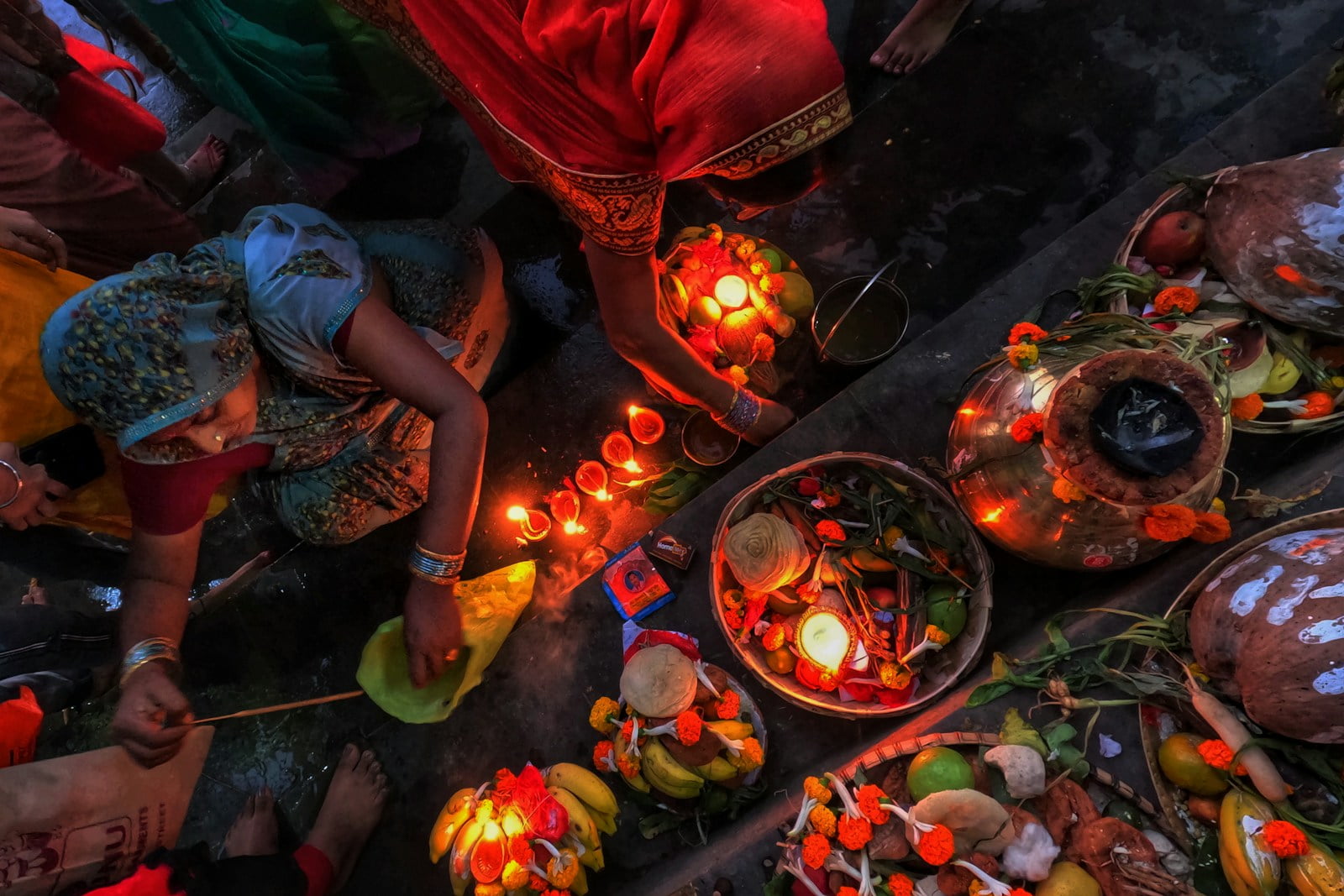Just like the Lenovo Legion Go, cultural traditions are deeply rooted in our societies and shape the way we live our lives. From vibrant festivals to solemn rituals, these traditions offer a glimpse into the rich tapestry of global cultures. In this list, we will explore the top 10 cultural traditions around the world that celebrate diversity, history, and community.
Carnival in Brazil
Colorful street parades

The Carnival in Brazil is a vibrant and lively celebration that takes place before Lent, known for its colorful street parades, elaborate costumes, and infectious music. While each region of Brazil may have its own unique traditions and styles, one common theme is the exuberant display of dancing and music that fills the streets during this festive time.
Samba music festivity
Another highlight of the Carnaval in Brazil is the Samba music festivity, where participants compete in elaborate parades featuring floats, costumes, and of course, samba music. An integral part of Brazilian culture, samba is more than just a music genre – it’s a way of life that brings people together in joyous celebration.
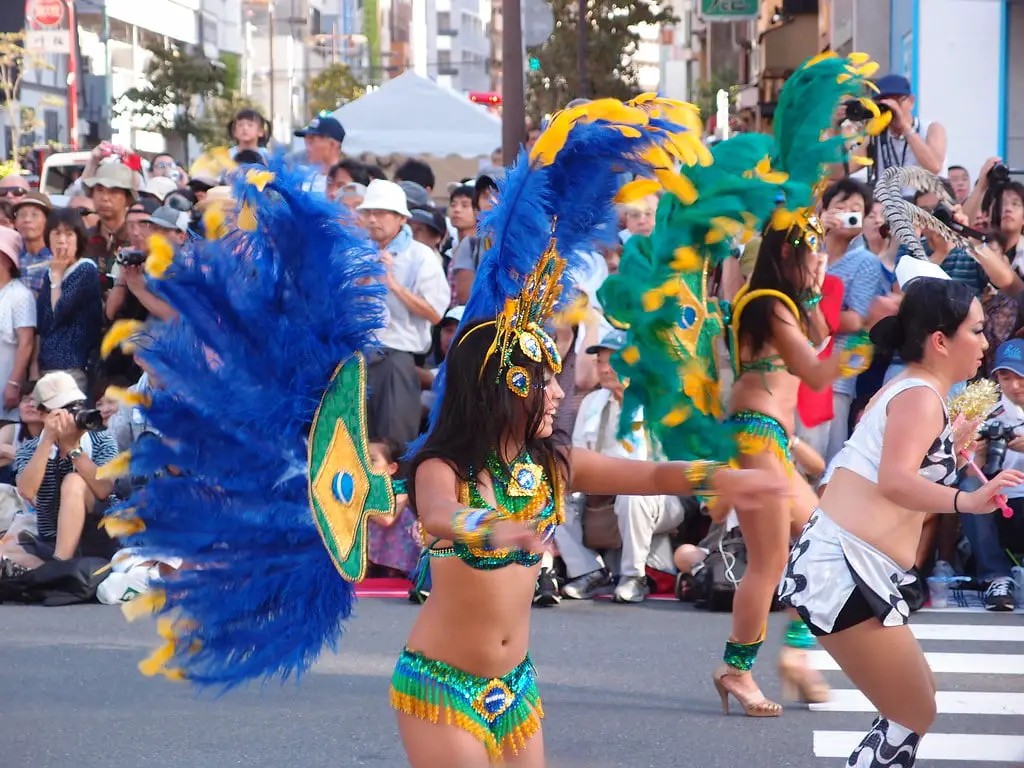
An vital element of the Samba music festivity is the fierce competition among samba schools to put on the most impressive show. These schools dedicate months of preparation to design their floats, choreograph their dances, and perfect their music, all in the hopes of winning the coveted title of the best samba school of the Carnaval.
Brazil’s Carnaval is a dynamic and thrilling experience that captures the essence of the country’s rich cultural heritage, making it a must-see event for anyone looking to immerse themselves in the vibrancy and passion of Brazilian traditions.

Chinese New Year
Fireworks and dragons
While celebrating Chinese New Year, one can’t miss the spectacular fireworks displays and colorful dragon dances. The loud fireworks are believed to scare away evil spirits, while the dragon symbolizes strength and good luck for the coming year.
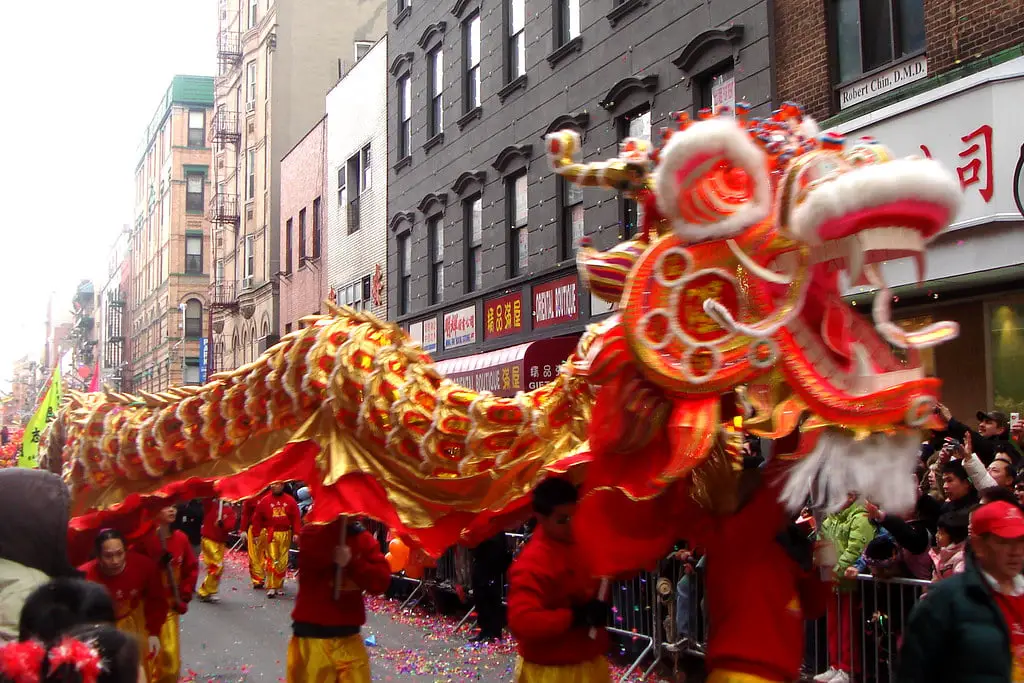
Family reunion dinners
Year after year, the Chinese New Year celebration revolves around the family reunion dinner, known as “Nian Ye Fan.” This special meal brings families together from far and wide to share in traditional dishes and honor their ancestors.
It is a time-honored tradition for families to gather around the table, often with multiple generations present, and enjoy a feast together. The menu typically includes symbolic foods believed to bring good luck and prosperity for the upcoming year.
Diwali in India
Festival of lights

All around India, Diwali is celebrated as the “Festival of Lights” with great fervor and enthusiasm. The festival signifies the victory of light over darkness and good over evil. Homes and streets are decorated with oil lamps, candles, and colorful lights to welcome goddess Lakshmi, the bringer of prosperity and wealth.
Personalized necklace tradition
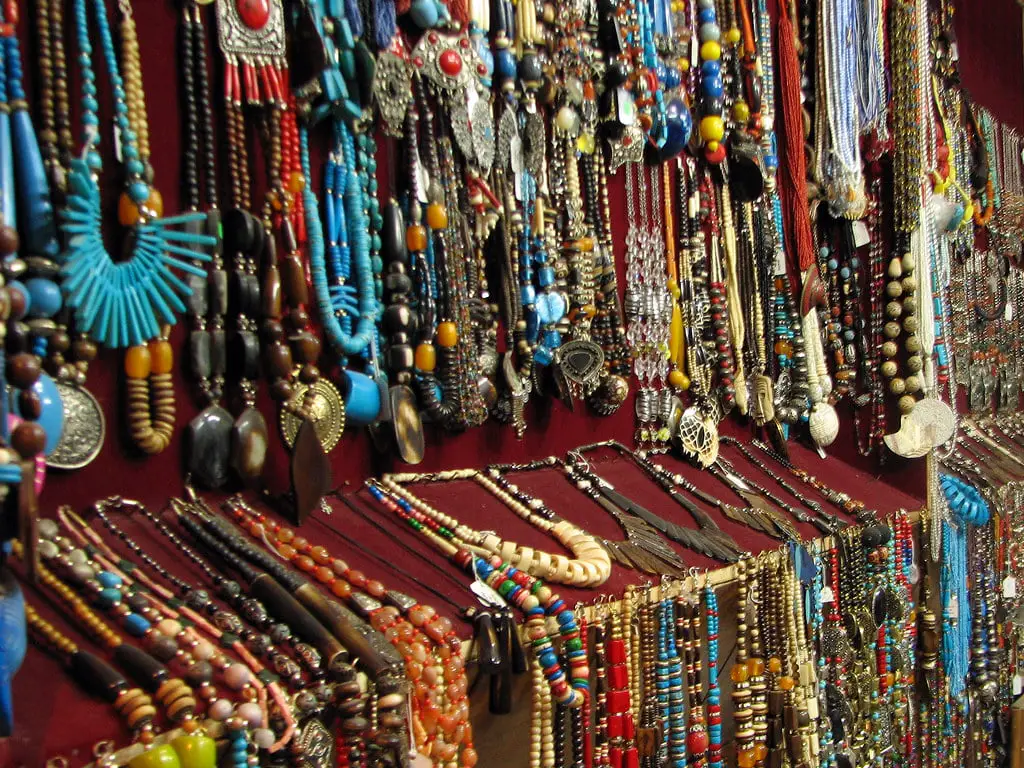
In recent years, another trend has emerged during Diwali celebrations – the exchange of personalized nameplate necklaces. These necklaces, often adorned with the wearer’s name or initials, serve as a symbol of love, affection, and familial bonds. It has become common for family members to gift each other these personalized necklace as a token of appreciation and affection during Diwali festivities.
Sweets and fireworks
Any Diwali celebration is incomplete without indulging in delicious sweets and enjoying fireworks. Traditional Indian sweets like laddoos, jalebis, and barfis are prepared and shared among friends and family. Fireworks light up the night sky, adding to the festive spirit and excitement of the occasion.
Diwali, also known as Deepavali, is one of the most significant festivals in Hindu culture. It is a five-day celebration that includes rituals, prayer ceremonies, gift-giving, feasting, and spending time with loved ones. Families come together to clean and decorate their homes, exchange gifts, and offer prayers to goddess Lakshmi for blessings of wealth and prosperity.
Oktoberfest in Germany
Beer and pretzels

Keep your stein ready and your appetite hearty as we examine into the classic pairing of beer and pretzels at Oktoberfest. The festival is a celebration of Bavarian culture and tradition, where attendees can enjoy a wide variety of beer brewed according to the German Purity Law of 1516 and oversized pretzels that perfectly complement the beverages.
Lederhosen and dirndls
Assuming you attend Oktoberfest in Munich, it’s impossible to miss the sight of locals and tourists alike dressed in traditional Bavarian attire. Lederhosen for men and dirndls for women are not just costumes but symbols of pride in German heritage.
To truly immerse yourself in the Oktoberfest experience, consider renting or purchasing your own lederhosen or dirndl. These outfits are more than just clothing; they represent a connection to Bavaria’s rich history and are a fun way to participate in the festivities with style.
With a mix of tradition, community, and merriment, Oktoberfest in Germany stands as a pinnacle of cultural celebrations that showcase the best of German customs, including beloved traditions like lederhosen and dirndls paired with beer and pretzels.
Running of the Bulls
Pamplona’s daring sprint
After the sound of the first rocket sets off the thrilling spectacle, daring participants in the Running of the Bulls in Pamplona, Spain, sprint through the narrow streets alongside massive bulls. This heart-pounding tradition takes place during the city’s San Fermín festival, attracting adrenaline junkies and spectators from around the globe.
Traditional bullfighting event
Assuming the role of a matador, participants in the Traditional bullfighting event showcase their bravery and skill in confronting a bull in a display of tradition that dates back centuries. This event is an integral part of Spanish culture, attracting both supporters and critics for its controversial nature.
Daring participants in the bullfighting event face off against a charging bull, aiming to dodge its horns with graceful movements and precise timing. While some see it as an art form, others criticize it as a cruel and outdated practice that endangers both human and animal participants.
La Tomatina in Spain
Tomato-throwing festival
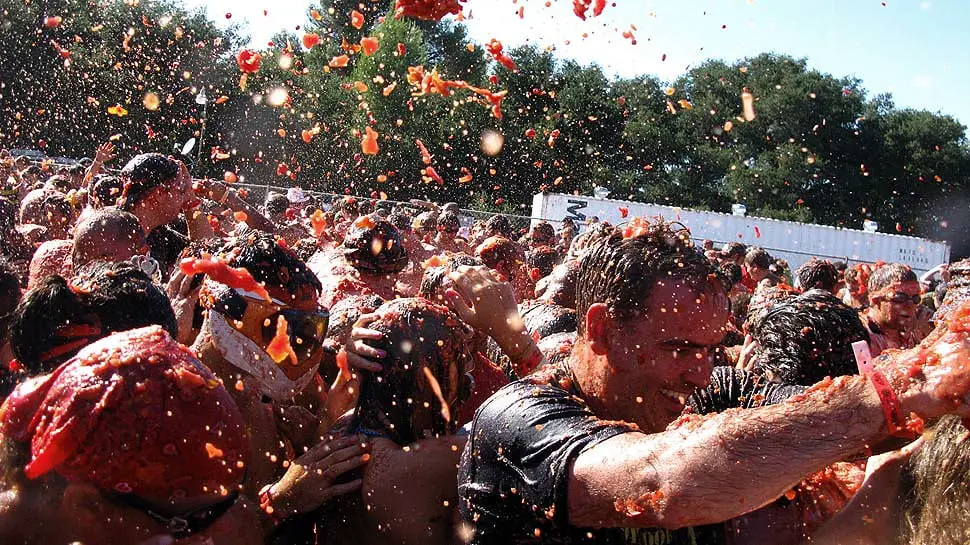
To experience the chaotic and colorful tradition of La Tomatina is to immerse oneself in the joyous mayhem of the world’s largest food fight. Each year in the town of Buñol, thousands of participants gather on the last Wednesday of August to pelt each other with ripe tomatoes in a frenzy of fun and exuberance.
Buñol’s messy tradition
For the locals of Buñol, La Tomatina is more than just a silly food fight – it’s a cherished cultural tradition that has been passed down for generations. The origins of this unique festival are debated, with theories ranging from a spontaneous tomato fight among friends to a protest against the town council. Regardless of its beginnings, La Tomatina has become a symbolic event that brings the community together in a messy, yet unifying, celebration.
Tomatina has evolved over the years into a carefully orchestrated event, with the town square being covered in protective plastic and trucks delivering tons of ripe tomatoes for the eager participants. The rules are simple – squish the tomatoes before throwing them and avoid throwing anything besides tomatoes. Despite the sticky mess and the crowds, La Tomatina is a thrilling and unforgettable experience for both locals and tourists alike.
Mardi Gras in New Orleans
Parades and Beads
Not just a mere celebration, Mardi Gras in New Orleans is a cultural phenomenon that captivates visitors with its vibrant parades and iconic strands of colorful beads. You’ll witness elaborate floats, marching bands, and costumed revelers lining the streets in a jubilant display of tradition and festivity.
King cakes galore
Even amidst the colorful chaos of Mardi Gras, one tradition stands out – the beloved King cake. This sweet confection, topped with icing and colored sugar, holds a special surprise inside. The one who finds the hidden trinket is said to have good luck for the year, making the indulgence all the more exciting.
The King cake’s origins can be traced back to medieval times in France and Spain and over the years has evolved to become a signature treat of Mardi Gras celebrations in New Orleans. The cake, often circular to symbolize unity and faith, is shared among friends and family during the festivities.
Ramadan
Month of Fasting
Fasting during Ramadan is a significant cultural tradition observed by Muslims worldwide. It is a time of spiritual reflection, self-improvement, and increased devotion to Allah. From dawn until dusk, individuals abstain from food, drink, smoking, and other physical needs to purify the soul and develop empathy for those in need.
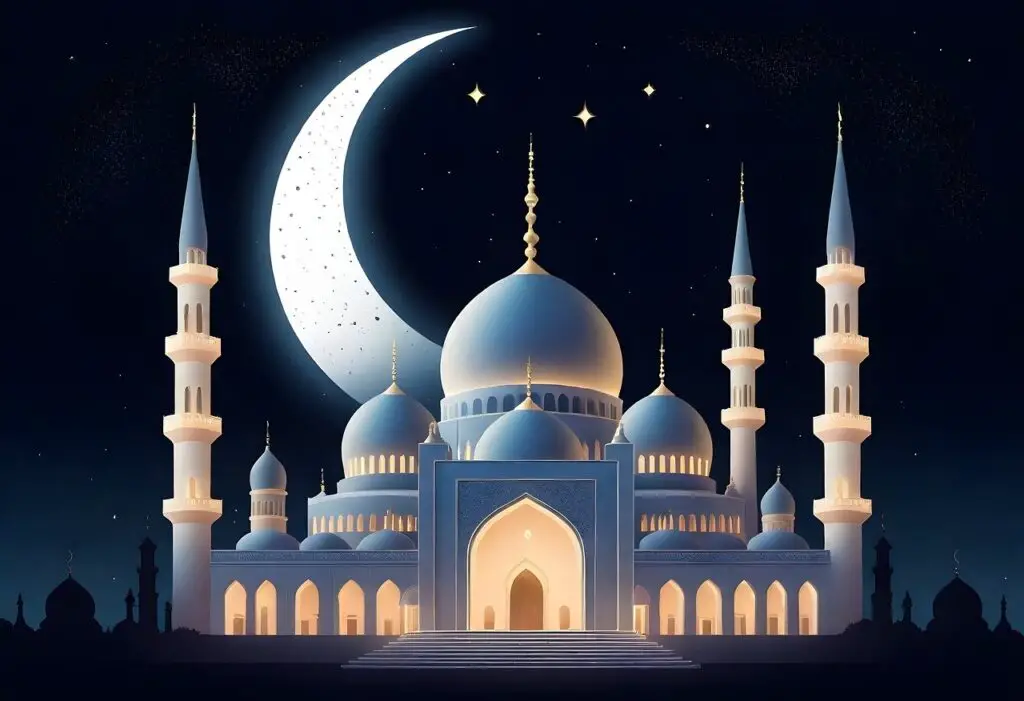
Eid al-Fitr Celebration
If there’s one celebration that marks the end of Ramadan on a joyous note, it’s Eid al-Fitr. This festival begins with a special prayer at the mosque, followed by visits to family and friends, exchanging gifts, and enjoying elaborate feasts. The atmosphere is filled with generosity as people give to charity and help those less fortunate to join in the festivities.
Any mention of Eid al-Fitr would be incomplete without highlighting the tradition of giving ‘Zakat al-Fitr,’ a form of charity that ensures everyone can partake in the post-Ramadan celebrations. This act of giving back to the community is an integral part of the Eid spirit, emphasizing the importance of compassion and sharing blessings with others.
Hanami in Japan
Cherry Blossom Viewing
An imperative part of Japanese culture, hanami is the tradition of viewing cherry blossoms, known as sakura, in full bloom. Despite being a fleeting phenomenon, lasting only a few weeks, hanami is celebrated across the country with picnics, parties, and contemplation of the beauty of the blossoms.
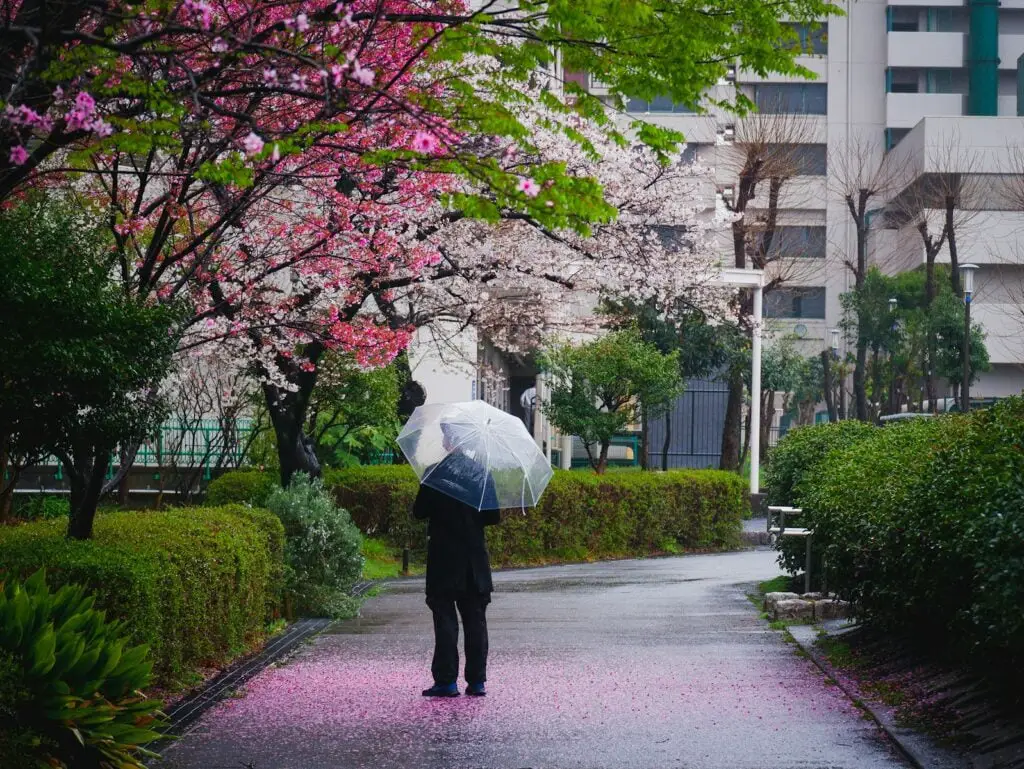
Springtime Picnics
Japanese people embrace the arrival of spring by engaging in traditional springtime picnics under the cherry blossom trees. Families and friends gather in parks, gardens, and along riversides, spreading out picnic blankets while enjoying food, drinks, and each other’s company amidst the blooming sakura.
To experience a springtime picnic in Japan during hanami season is to immerse yourself in a centuries-old tradition of celebrating nature’s beauty and the arrival of a new season. It is a time of renewal, reflection, and appreciation for the ephemeral nature of life, perfectly encapsulated by the fleeting beauty of the cherry blossoms.
Gion Matsuri in Japan
Float Processions
For centuries, the Gion Matsuri in Japan has been a grand display of cultural and religious significance. The highlight of the festival is the spectacular float processions that wind their way through the streets of Kyoto, showcasing intricate designs and craftsmanship.
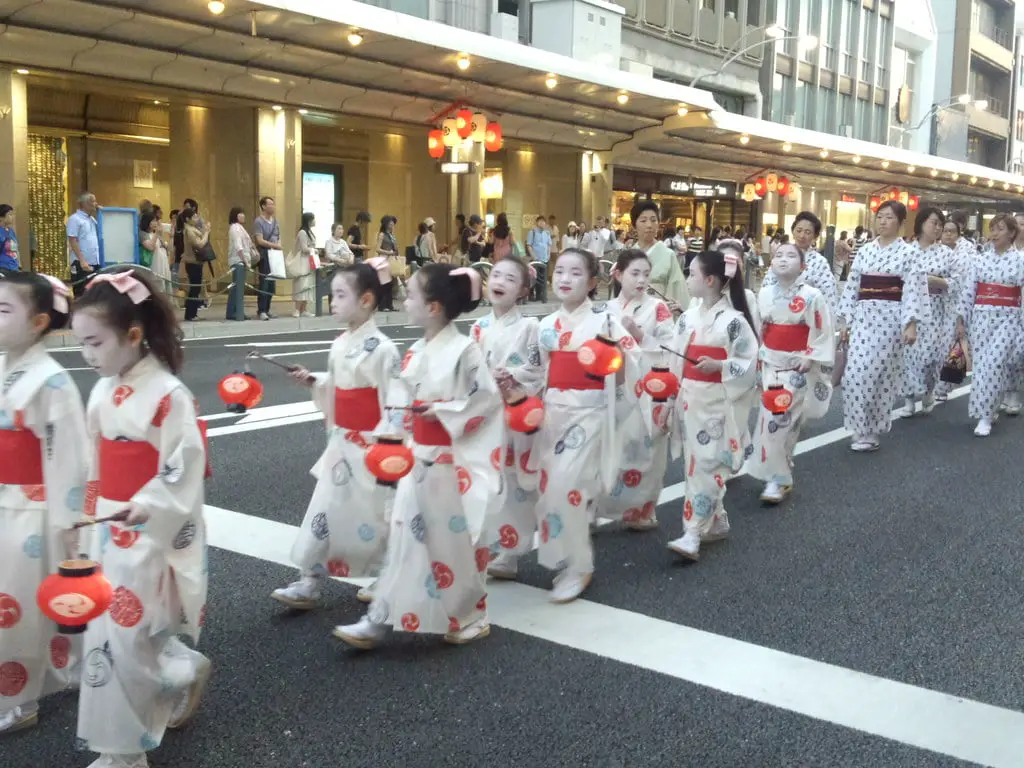
Kimono-clad Revellers
An integral part of the Gion Matsuri is the presence of kimono-clad revellers, adding to the traditional and festive ambiance of the event. These participants, adorned in vibrant silk kimonos, pay homage to Japan’s rich cultural heritage and history.
Japan has a long-standing tradition of wearing kimono, a formal garment characterized by its T-shaped, straight-lined robes. During the Gion Matsuri, locals and visitors alike don these traditional costumes as a symbol of respect for the festival and its customs.
Float processions and kimono-clad revellers together create a mesmerizing sight during the Gion Matsuri, blending ancient traditions with modern festivities in a harmonious celebration of Japanese culture.
Summing up
So, the top 10 cultural traditions around the world showcase the rich tapestry of customs and rituals that have been passed down through generations. From the vibrant colors of Holi in India to the intricate tea ceremonies in Japan, these traditions reflect the values, beliefs, and identities of different cultures. By celebrating and preserving these practices, we can gain a deeper understanding and appreciation of the diversity that exists in our global community.

